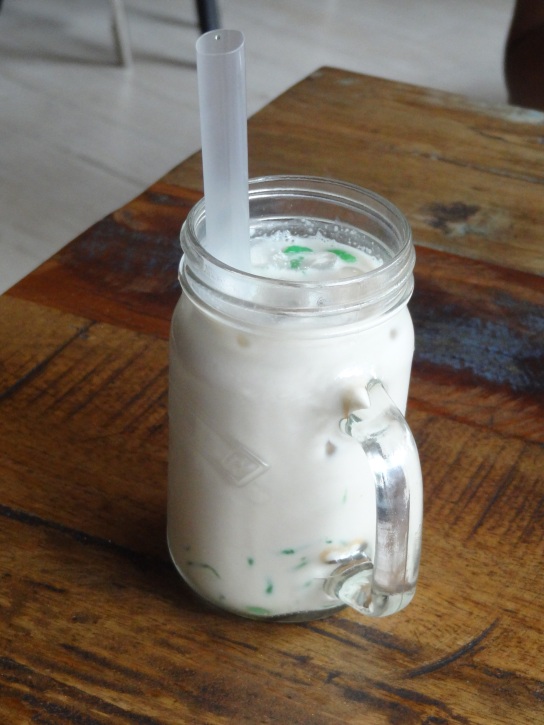Often, for dinner, I put together these sandwiches with slices of boiled potato and beetroot, onion rings, cucumber and a spicy green chutney. Sometimes there is cheese, sometimes there isn’t. These sandwiches are typically called Bombay Sandwiches because, it is widely believed, they originated in Bombay.
I have often had these sandwiches off a road-side stall near our house in Ahmedabad (the guy used to make some amazing ones, I remember!). Slowly and gradually, watching the guy at work, I learnt how to make these sandwiches at home. In fact, these Bombay sandwiches are one of my specialties, and people say I make them exactly the way street-side vendors in Bombay and Ahmedabad do.
If you are interested in the recipe for the Bombay sandwich, do check it out here.
When I recently came across a video on Awesome Sauce India about using the very same stuffing to make sandwiches with left-over rotis, I got all excited. This was such a lovely way to use up extra rotis, a healthier alternative too! I absolutely had to try out my hands on making them, and I did just that yesterday. I made a few little variations to the original recipe, though, and made paratha-based frankies instead of sandwiches, too. The end result was scrumptious, loved to bits by everyone at home.

Here is how I made the frankies.
Ingredients:
- Left-over whole wheat flour parathas (I used flour ground in the mill)
- Onion, peeled and chopped into rounds, as required
- Chaat masala, as required
- European cucumber (the ‘seedless’ variety), chopped into thin rounds, as required
- Capsicum, chopped into long slices, as required
- Potato, boiled, peeled and chopped into rounds, as required
- Beetroot, boiled, peeled and chopped into rounds, as required
- Tomato ketchup, as required (I used Heinz)
- Grated cheese, as required (I used Amul)
- Butter or oil to toast the frankies, as required (I used Amul butter)
- Spicy green chutney, as required (Here is the method I followed to make it)
Method:
- Put a thick dosa tava on a high flame, and wait for it to get heated up. Meanwhile, prepare a frankie.
- Spread a tablespoon of the spicy green chutney on one side of a paratha, evenly.
- Place the paratha on a plate or board, chutney-side up.
- Spread a few boiled potato slices in the centre of the paratha, towards one side.
- Layer some boiled beetroot slices, onion rings, capsicum pieces and cucumber rounds over the potatoes.
- Add some grated cheese on top, as well as a couple of dollops of tomato sauce.
- Sprinkle a pinch of chaat masala on top of everything.
- Close the paratha, making a semi-circular shape.
- Brush some oil or butter on the dosa tava, which should have gotten nice and hot by now.
- Place the folded paratha on the hot tava. Cover and cook for a couple of minutes.
- Open the cover, and flip the paratha onto the other side. Apply more oil or butter if required.
- Cover and cook on the other side for a couple of minutes.
- Remove from the tava onto a plate, and serve immediately.
- Prepare frankies out of all the parathas, in a similar manner.
Notes:
- The original recipe calls for using rotis, but I think they might become a tad too soggy with all the stuffing that goes in. So, I used parathas instead, and was happy with the results.
- You could use other vegetables of your choice – like corn, for instance. Other toppings too – like pineapple, olives, mustard sauce or jalapenos – could be used. That said, the stuffing in a typical Bombay sandwich consists only of beetroot, onion, cucumber, potato, tomato and spicy green chutney, sometimes capsicum.
- I am not too fond of tomatoes in my sandwiches, so I did not add them. If you like them, of course, you could go ahead and add them too.
- Sometimes, when I am in too much of a hurry, I make a simpler green chutney by grinding together just some coriander and green chillies, with a little water. The taste of that chutney, however, is nothing like that of the mint-onion-ginger-garlic-coriander chutney that I have linked up to here. Take your pick!
You like? I hope you will try these frankies out too, and that you will love them just as much as we did!













